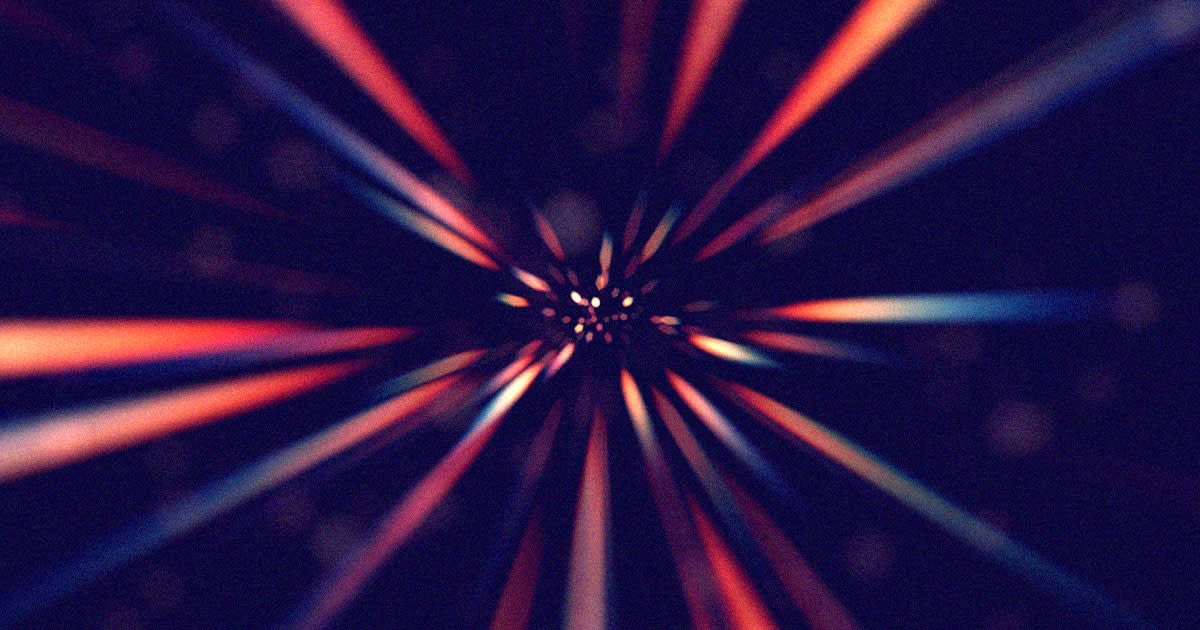New Study Claims Warp Drives Are Possible

Wizards of Space and Time
The concept of warp drives — entirely hypothetical devices that could propel spacecraft by warping the fabric of space-time — has historically been relegated to science fiction.
If they could ever be dragged into the real world, the promises of such a technology would be immense, allowing us to cover mind-boggling distances in a snap of a finger, visiting other star systems without taking thousands of years for the journey.
Unfortunately, warp drives are extremely tricky to reconcile with our current laws of physics. But that hasn't dissuaded a secretive startup called Applied Physics, which has been investigating the concept for several years now.
Most recently, University of Alabama physics PhD and Applied Physics senior scientist Jared Fuchs led what the company is calling a "milestone study," published in the journal Classical and Quantum Gravity, arguing that warp drives are indeed possible.
"This study changes the conversation about warp drives," said Fuchs in a press release. "By demonstrating a first-of-its-kind model, we've shown that warp drives might not be relegated to science fiction."
Subluminal Drive Engaged
The research expands on the idea of a "warp bubble" that would allow passengers within it to not be affected by the changes in space-time and gravitational forces around them.
This bubble, per the company's statement, still operates "within the bounds of known physics," enabling a "constant velocity subluminal warp drive."
In other words, it could get very close to the speed of light but not exceed it, which would upend our current understanding of Einstein's theory of relativity.
Fuchs and his colleagues also argue that their new model solves another glaring issue: the need for "exotic matter," also known as "negative matter," which critics have long argued would be needed to power such a drive. We have yet to figure out whether such a matter can even exist.
"Although such a design would still require a considerable amount of energy, it demonstrates that warp effects can be achieved without exotic forms of matter," said coauthor and Applied Physics senior scientist Christopher Helmerich, who has a PhD in physics from the University of Alabama, in the statement.
But as Applied Physics CEO Gianni Martire acknowledged in the company's press release, "we're not yet packing for interstellar voyages."
The concept, as laid out in the latest paper, is still entirely theoretical in nature, and the authors still have a lot to prove before we can visit other star systems thousands of light-years away.
More on Applied Physics: Is This Startup Working on an Actual Warp Drive?


